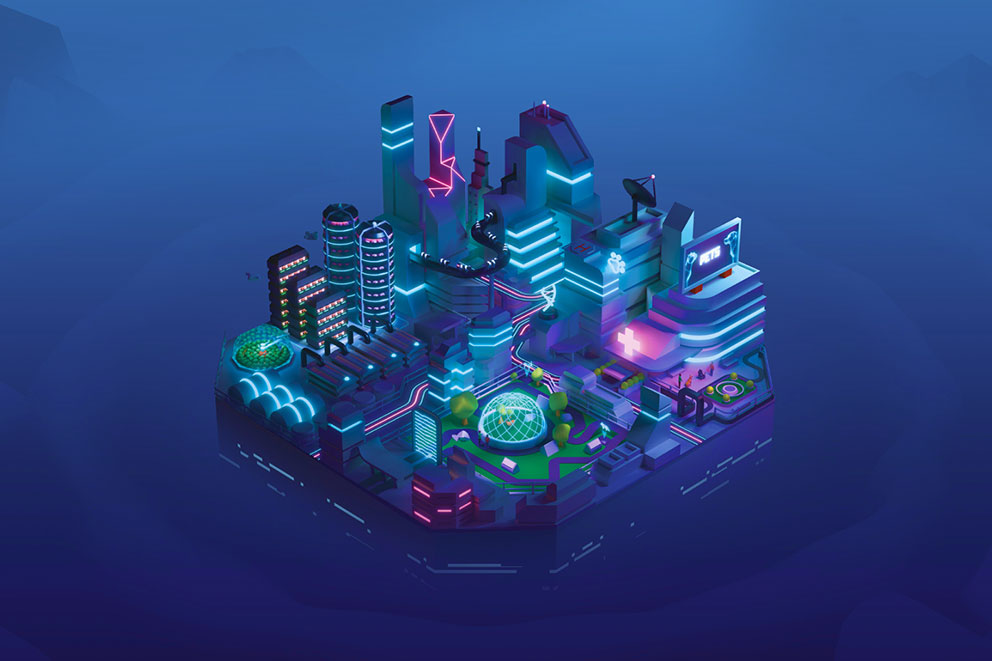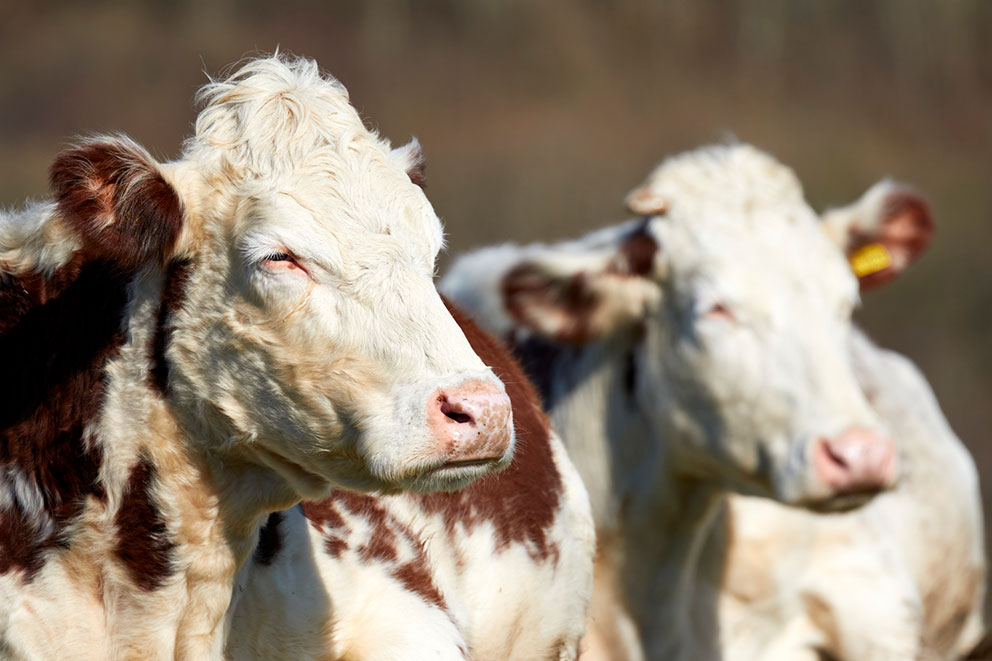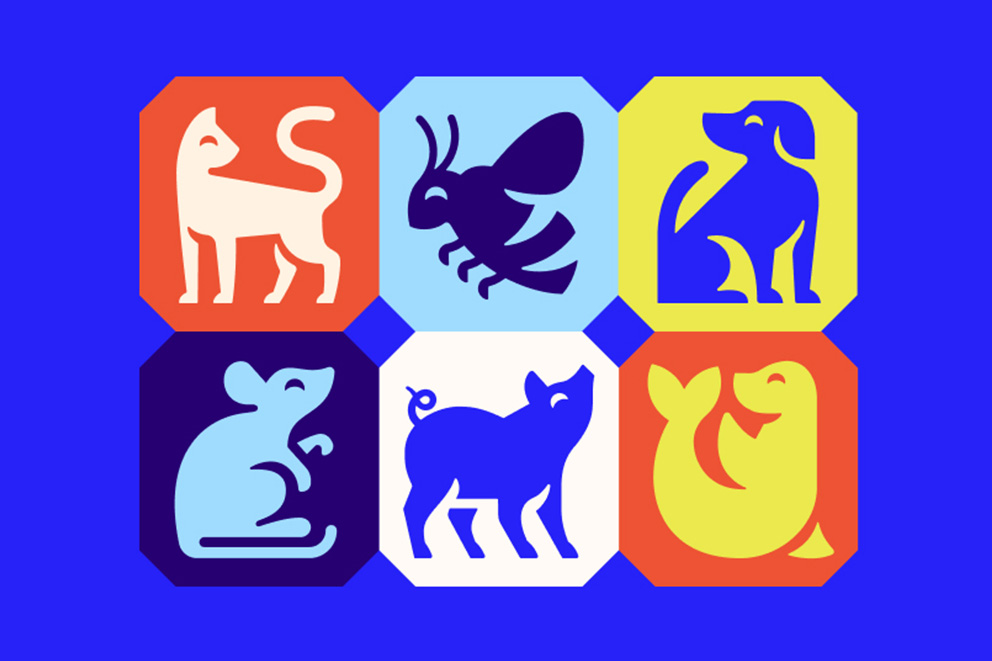Our Animal Futures Project explores the world for animals and AI in 2050
Communicating with animals, robotic pets or a world where nature is only accessible to the rich may seem unbelievable to us now, but it may be much closer than we think. We have launched the Animal Futures Project, which imagines what the world could look like for animals in 2050, and the consequences - for animals and us.

RSPCA's Animal Futures
Animals are facing some of the biggest challenges in our 200-year history, from climate change to habitat loss, the rapid growth in lower welfare farming and the cost of living crisis. If we’re going to truly create large scale change for animals, we need a rethink of our relationship with them.
We commissioned research which used scientific evidence, emerging trends, real-word examples and expert opinion, to create five possible future scenarios for animal welfare.
To bring this to life, we turned this into an online interactive experience called Animal Futures, inviting people to explore these worlds and consider how the choices we make today impact animals and people - and what we could do differently.
In modern times, our relationship with animals and nature has completely changed. We treat them like products, extreme breeding pets prioritising looks over health or buying cheap chicken from birds who grow so fast they struggle to stand. Young people exposed to animal abuse on social media, normalising exploitation of animals for clicks and likes.
Our Animal Futures Project seeks to spark an urgent conversation about our relationship with animals, how we see them and how we treat them. We want to shine a light on the potential consequences of the choices we make now for the future of animals, people and the planet.


There are huge threats to animals today, but also huge opportunities to get it right. If we can put animal welfare back on the agenda, we can create a better world for us all.
What is the Wilberforce Report?
We commissioned the Wilberforce Report from strategic consultancy ‘Firetail’ - the first of its kind for animal welfare. They interviewed people from across the animal sector, related sectors like climate change and alternative proteins, as well as thought leaders and influencers, to shape their findings.
The report examined how factors from climate change and loss of natural habitats, to rapid technological and demographic changes, could shape the world for animals and people.
It outlines five potential scenarios for animals:
- 1 Tech-centric: Technology has been used to tackle climate change and feeding ourselves, but sadly nature and animals have had to come second place.
- 2 Ecocarnage: Climate change has made lots of land uninhabitable, for both people and animals, and as humans struggle for survival, animal welfare is forgotten.
- 3 Blinkered world: Attempts to tackle climate change and food production haven’t been ambitious enough, which means a mixed picture for animals and people alike.
- 4 One Planet: The big challenges facing people have been tackled in a way that protects animal wellbeing and nature, recognising our futures are interlinked.
- 5 Animals speak up: An amazing event has completely changed our attitudes towards animals and we have transformed the way we think, feel and act towards them.
When you explore these worlds they may seem fantastical or even bleak, but they are based on things that are already happening right now.

Lower welfare farming is predicted to rise rapidly and unsustainably to feed a growing population, causing suffering to billions of animals, as well as risking the health of people and the planet. We are seeing cattle starving to death in fields in the Southern hemisphere due to heat waves, as well as animals killed in their thousands and their habitats devastated in floods and wildfires. Gene editing already presents the possibility to create super-yielding farmed animals with awful welfare, or designer pets who suffer because of their looks.
We are also seeing big opportunities to do things differently. AI is already helping us decode animal communication, from pigs and cats, to sperm whales. We are seeing organs grown on microchips and accurate computer modelling which offers promising alternatives to animal testing. If we get it right now, we could build a future which is better for people and for animals.
These scenarios demonstrate that failing to get a grip of technology, climate change and our food and farming system, in a way that is inclusive of animals, risks forcing us down a path of further exploitation and suffering.
We think the most likely direction we are heading is ‘blinkered world’ because we haven’t opened our eyes to the reality of our impact on animals or got to grips with climate change or our food system in a way that improves the lives of animals, people and the planet.
What can we do?
The good news is that animals’ futures are in our hands. We have the chance for a radical rethink of the role of animals in our society. A world that is better for animals is better for us all.
This is the first step of our Animal Futures Project and we will be inviting people to get involved in the next stage too - a national consultation about attitudes to animal welfare, launching later this year to help shape the next steps we need to take for a better future for all animals.




